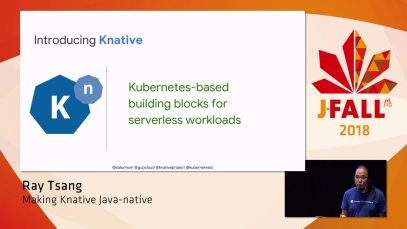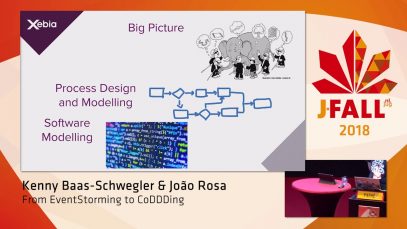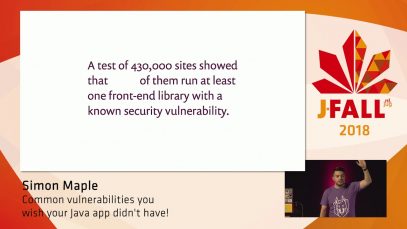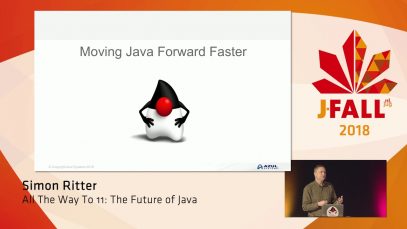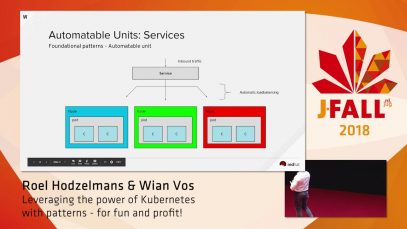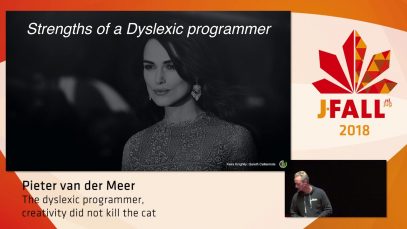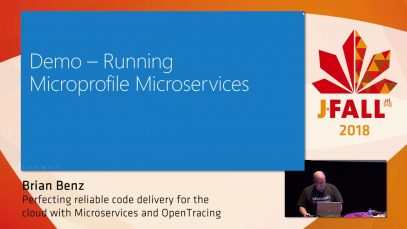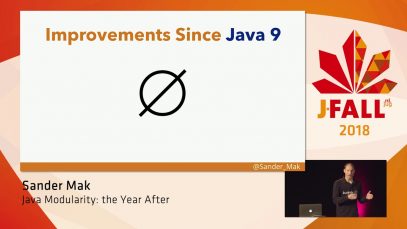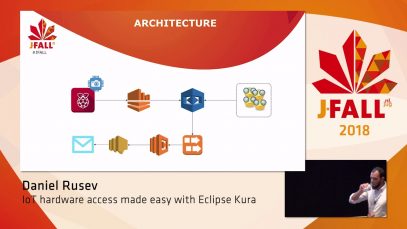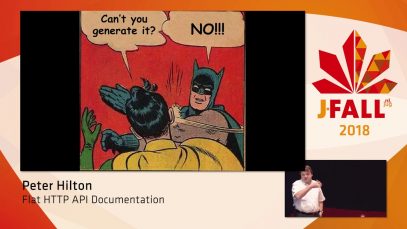J-Fall 2018: Ray Tsang – Making Knative Java-native
For the past several years, Google has worked on and released several critical cloud-native platforms abstracting away more and more underlying infrastructure into well-defined processes that can work across different environments. Atop of infrastructure is Kubernetes for container management. Followed by Istio to manage service to service communications. Now with Knative, a platform built atop […]




